The concept of "watering when dry, withholding when wet" has long been regarded as the golden rule for plant care among horticulturists and home gardeners alike. This deceptively simple principle carries profound scientific underpinnings that reveal the delicate balance between plant physiology and soil ecology. Beneath its straightforward phrasing lies a complex interplay of root respiration, microbial activity, and water movement that determines whether plants merely survive or truly thrive.
At the heart of this watering philosophy lies the oxygen paradox - plants require water to live, yet their roots simultaneously depend on air pockets within soil. When we saturate the soil continuously, we essentially drown the very organs meant to absorb water. Root hairs, those microscopic extensions responsible for most water uptake, begin to die within hours of oxygen deprivation. The "dry" phase in the watering cycle allows fresh oxygen to diffuse through soil particles, replenishing what roots consume during respiration and what microorganisms use in breaking down organic matter.
Soil scientists have identified the precise moisture window where magic happens - when about 50% of the plant-available water has been depleted from the soil. At this point, the remaining water molecules cling more tightly to soil particles, creating larger air channels while still maintaining hydration. This sweet spot triggers fascinating adaptive responses in plants. Mild water stress stimulates root elongation as plants "search" for moisture, creating more extensive root systems. Simultaneously, plants begin producing abscisic acid, a hormone that improves drought tolerance by regulating stomatal openings.
The "wet" phase of the cycle serves equally vital functions. Thorough watering ensures complete soil saturation, dissolving accumulated salts and flushing them below the root zone where they can't cause harm. This mimics natural rainfall patterns where occasional heavy downpours leach away toxins. Complete wetting also rehydrates dry organic matter, awakening microbial communities that make nutrients bioavailable. These microorganisms follow boom-and-bust population cycles that sync perfectly with wet-dry soil fluctuations.
Different plant species have evolved varying adaptations to water availability, which explains why some plants thrive on neglect while others demand constant moisture. Desert succulents store water in fleshy tissues and prefer extended dry periods, whereas bog plants develop air channels in their roots to survive waterlogged conditions. The golden rule accommodates this diversity through its flexibility - the definition of "dry" changes based on a plant's natural habitat. For a cactus, dry might mean bone-dry for weeks; for a fern, it could mean just the surface inch of soil drying slightly.
Modern soil moisture research has quantified what gardeners once determined by finger tests. Clay soils retain water tenaciously, requiring longer dry periods between watering, while sandy soils drain rapidly and may need more frequent irrigation. The introduction of soil moisture sensors has revealed surprising variations within single pots - the top may appear dry while lower layers remain saturated, explaining why surface-level observations sometimes fail. This validates the wisdom of checking moisture at root depth rather than judging by surface appearance alone.
Overwatering consequences manifest in ways both visible and invisible. Yellowing leaves often signal oxygen deprivation in roots rather than nutrient deficiency, as anaerobic conditions impair nutrient uptake. Fungus gnats proliferate in constantly moist soils because their larvae feed on waterlogged organic matter. More insidiously, prolonged wetness favors pathogenic fungi like Pythium and Phytophthora that attack oxygen-starved roots. The dry period disrupts these disease cycles while allowing beneficial aerobic microbes to regain dominance.
Seasonal adaptations further demonstrate the rule's biological basis. During active growth in spring and summer, plants transpire rapidly and utilize soil moisture quickly. As daylight shortens in autumn, metabolic rates slow and soils stay moist longer. Dormant plants in winter may require almost no supplemental water as evaporation rates plummet. Observant gardeners notice these rhythms and adjust watering frequency accordingly, much like nature's own wet-dry cycles change with seasons.
The golden rule's brilliance lies in its mimicry of natural precipitation patterns where rains are intermittent rather than constant. Forest ecosystems experience dry spells between rainfalls, and prairie grasses endure periods of drought. Houseplants originating from tropical regions are adapted to heavy downpours followed by drying as water drains through porous jungle soils. Even aquatic plants in nature experience water level fluctuations. By replicating these alternating conditions, we provide plants with the environmental cues they evolved to expect.
Practical application of this principle requires understanding a plant's native habitat and root structure. Deep-rooted trees and shrubs benefit from less frequent but thorough watering that encourages downward root growth, while shallow-rooted annuals may need more frequent but lighter irrigation. Container plants present unique challenges as their confined root zones dry faster than in-ground plantings, yet are more prone to waterlogging due to limited soil volume. The solution lies in matching potting mix composition to watering habits - fast-draining mixes for those who water frequently, moisture-retentive blends for forgetful gardeners.
Technology has given us tools to implement the golden rule with precision. Soil moisture meters take guesswork out of determining when "dry" has been reached. Self-watering pots with reservoir systems create natural wet-dry cycles as plants draw up water as needed. Smart irrigation systems can be programmed to water based on soil dryness readings rather than arbitrary schedules. Yet even without gadgets, the traditional finger test - inserting a digit to the second knuckle to check for moisture - remains remarkably effective when done consistently.
Water quality interacts significantly with the wet-dry cycle. Hard water leaves mineral deposits that accumulate faster when soils don't experience periodic flushing from thorough watering. Chlorinated tap water may suppress beneficial soil life during the wet phase unless allowed to sit overnight. Rainwater, being naturally soft and chemical-free, often produces superior results because it mimics the water plants evolved with. The dry period allows any residual chemicals to dissipate before the next watering.
The psychological aspect of plant care shouldn't be underestimated. Many well-intentioned gardeners kill plants with kindness, unable to resist watering "just in case." Learning to trust the dry phase requires overcoming the human tendency to equate care with constant intervention. Plants often do best when we step back and allow natural cycles to operate. This may explain why experienced gardeners frequently have a lighter watering touch than beginners - they've witnessed how plants flourish when given rhythmic wet-dry periods rather than constant moisture.
Scientific research continues to uncover new dimensions of this ancient practice. Studies in deficit irrigation show that controlled dry periods can improve fruit quality in crops like grapes and tomatoes by concentrating flavors. Research into mycorrhizal networks reveals how these fungal partners help plants access water during dry phases in exchange for carbohydrates provided during wet periods. Even the water itself behaves differently during wet-dry cycling, with some studies suggesting structured water forms more easily in rhythmically watered soils.
Ultimately, the golden rule endures because it works with rather than against natural systems. It acknowledges that plants are dynamic organisms shaped by fluctuating environments, not static decorations requiring fixed inputs. By alternating wet and dry phases, we create the conditions where roots, microbes, and soil chemistry interact optimally. This dance between moisture and air, between plenty and scarcity, mirrors the patterns that have sustained plant life for millennia. The gardener's role isn't to eliminate these natural variations, but to orchestrate them in ways that allow plants to express their full vitality.
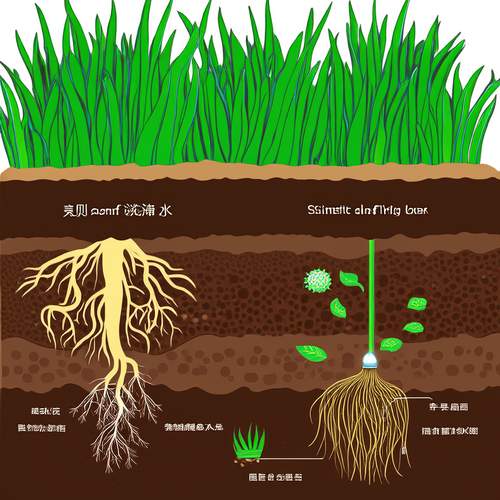
By /May 21, 2025

By /May 21, 2025

By /May 21, 2025
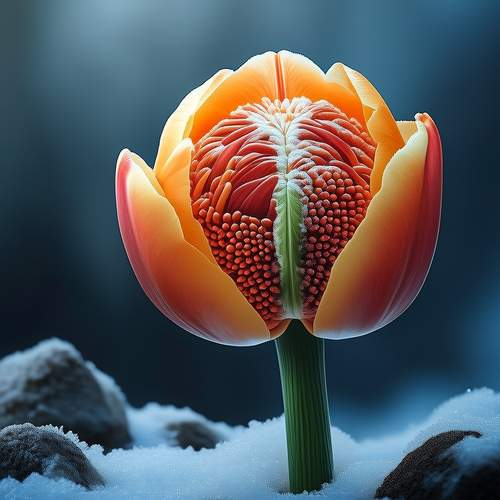
By /May 21, 2025
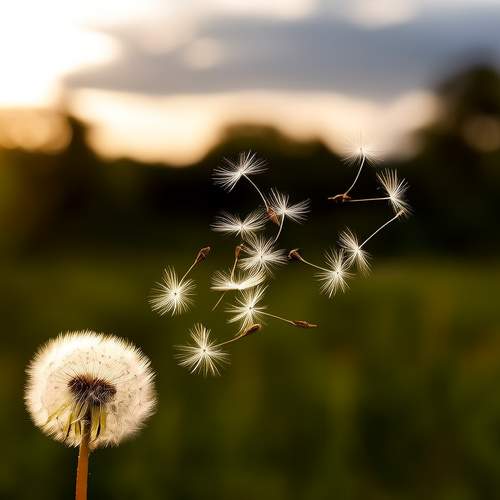
By /May 21, 2025
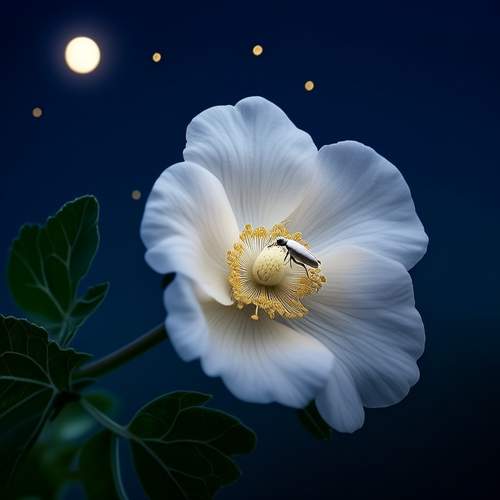
By /May 21, 2025
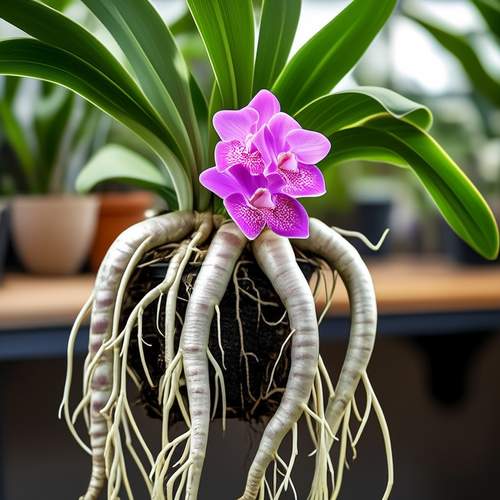
By /May 21, 2025
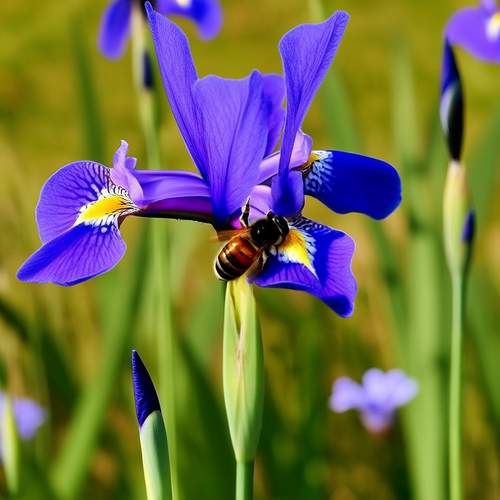
By /May 21, 2025
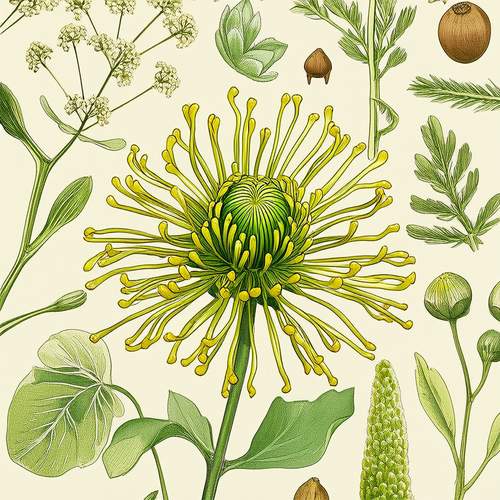
By /May 21, 2025

By /May 21, 2025

By /May 21, 2025
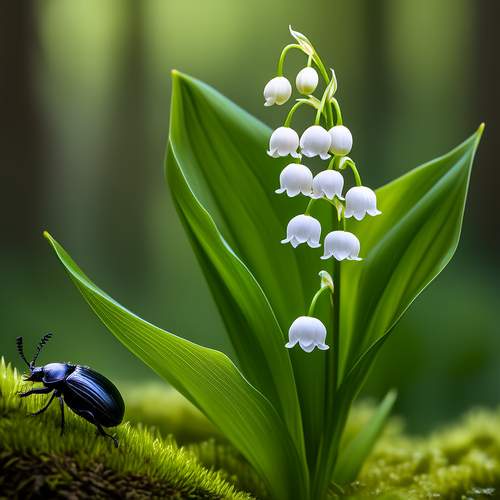
By /May 21, 2025
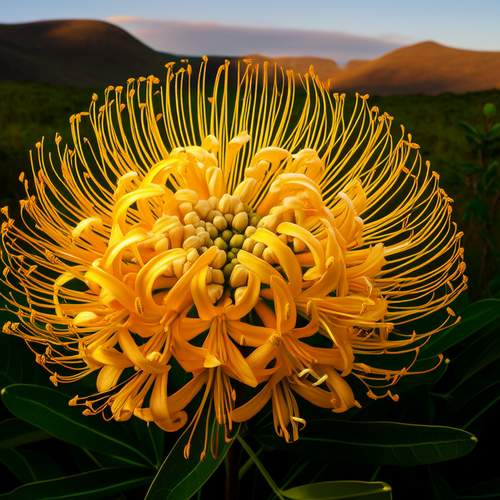
By /May 21, 2025

By /May 21, 2025

By /May 21, 2025

By /May 21, 2025

By /May 21, 2025

By /May 21, 2025

By /May 21, 2025
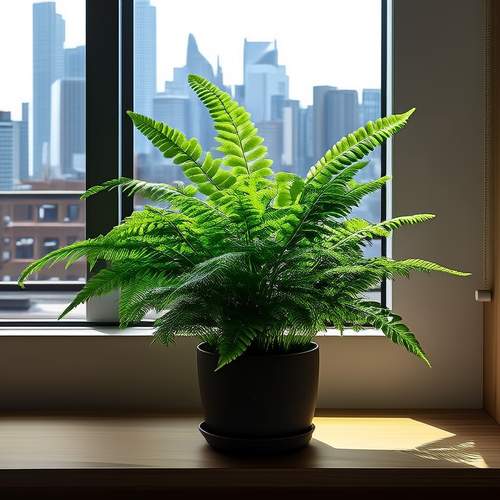
By /May 21, 2025